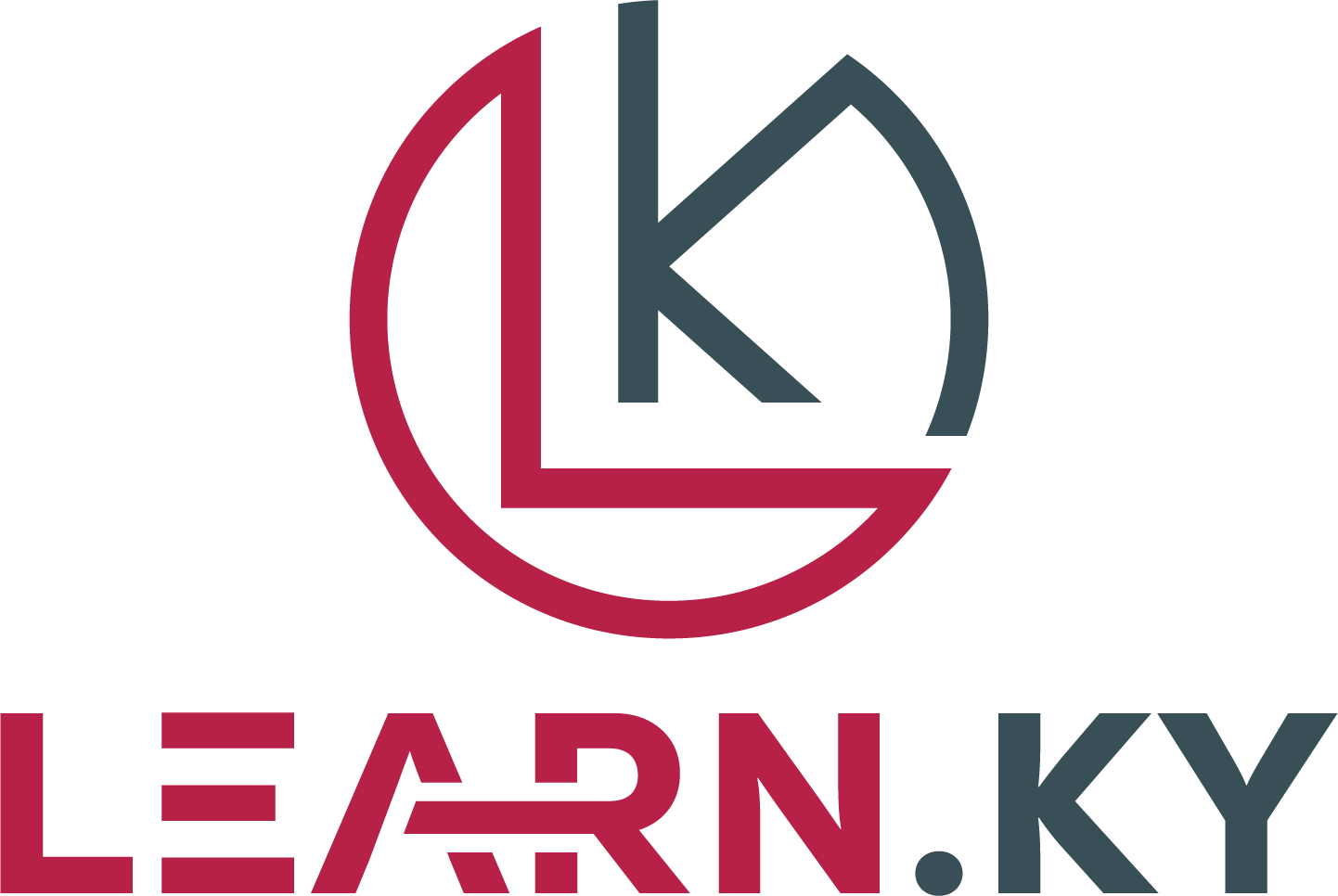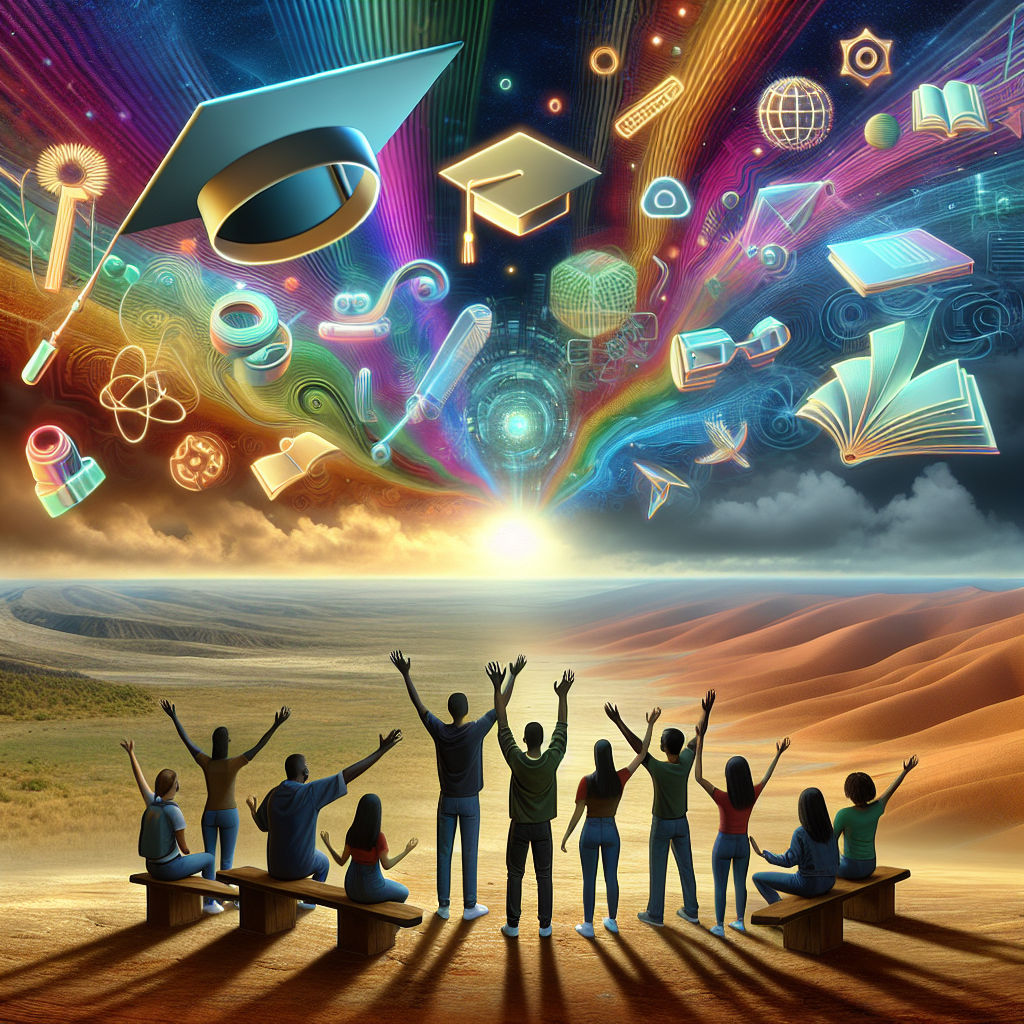The integration of extended reality (XR) technologies – including virtual reality (VR), augmented reality (AR), and mixed reality (MR) – into education has the potential to revolutionize the way we teach and learn. XR offers immersive, interactive, and engaging experiences that can enhance traditional educational practices and create new opportunities for personalized learning. In this article, we will explore the future potential of XR in education, examining the opportunities and challenges that lie ahead.
Exploring the Potential of XR in Education:
XR technologies have already begun to make their mark in the field of education. From virtual field trips to interactive simulations, educators are finding innovative ways to incorporate XR into their teaching practice. One of the key benefits of XR is its ability to create immersive learning experiences that can transport students to different times, places, and contexts. For example, students can visit ancient civilizations in VR, explore the human body in AR, or conduct virtual science experiments in MR.
Furthermore, XR can help to cater to diverse learning styles and preferences. Visual and kinesthetic learners, in particular, can benefit from the hands-on, interactive nature of XR experiences. By engaging multiple senses and providing immediate feedback, XR can help students to grasp complex concepts more effectively and retain information better.
Another important aspect of XR in education is its potential for collaboration and communication. XR can connect students and teachers in virtual worlds, enabling them to work together on projects, share ideas, and collaborate in real-time. This can foster a sense of community and engagement among students, as well as provide opportunities for peer-to-peer learning and feedback.
Challenges and Considerations:
Despite its potential benefits, integrating XR into education also poses a number of challenges. One of the main concerns is the cost and accessibility of XR technologies. Not all schools have the resources to invest in VR headsets or AR devices, which can limit the reach of XR experiences in education. Additionally, there is a steep learning curve for teachers who are not familiar with XR technologies, and professional development opportunities may be limited.
There are also concerns about the potential negative effects of prolonged exposure to XR environments, such as eye strain, motion sickness, and cognitive overload. Educators and designers must carefully consider the balance between immersion and engagement, ensuring that XR experiences enhance learning without overwhelming students.
Future Directions and Opportunities:
Despite these challenges, the future of XR in education looks promising. As XR technologies become more affordable and accessible, and as educators become more comfortable with their use, we can expect to see a wider adoption of XR in classrooms around the world. Furthermore, advances in artificial intelligence, machine learning, and data analytics are opening up new possibilities for personalized, adaptive learning experiences that leverage XR technologies.
In conclusion, the uncertain horizon of XR in education presents both challenges and opportunities. By embracing the potential of XR to transform teaching and learning, educators can create more engaging, interactive, and effective educational experiences for students. As we navigate this new frontier, it is essential to consider the ethical, pedagogical, and practical implications of integrating XR into education, and to ensure that we harness its full potential for the benefit of all learners.










